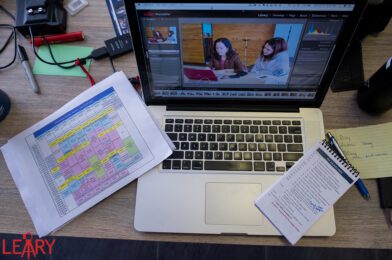Labor Day pays tribute to the contributions and achievements of American workers and is traditionally observed on the first Monday in September. I am reflecting today on my privilege to travel the world and see how people work in different countries.
Six years ago, Jeff Raymond, James Dockery, and I taught our very first Storytellers Abroad Multimedia Workshop in Lisbon, Portugal.
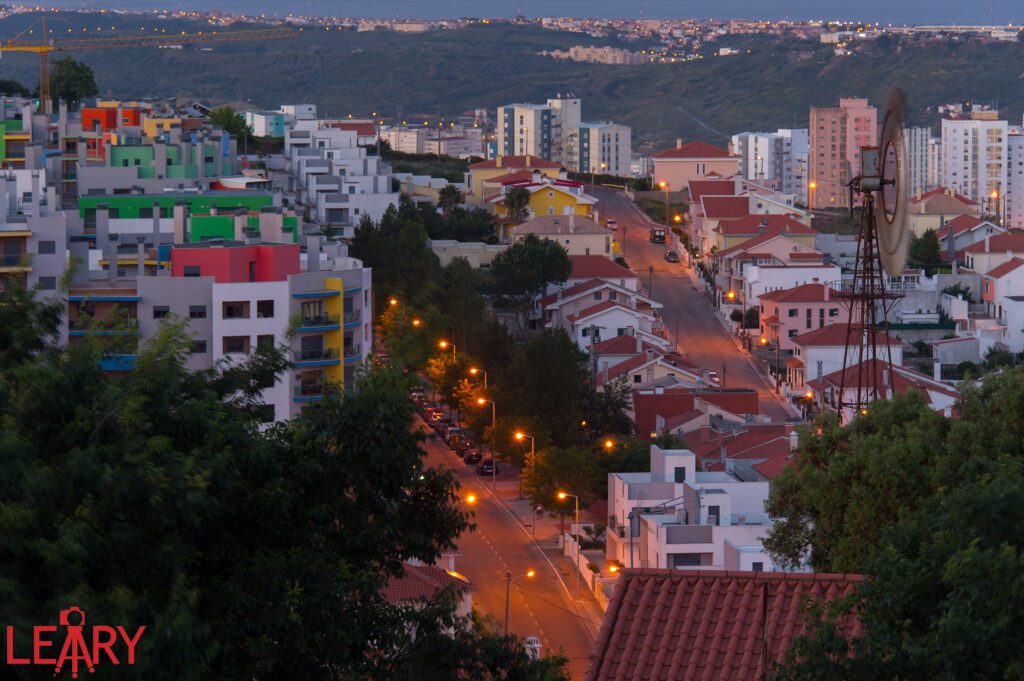
As much as we taught, we also were learning. We learned from the students what they needed to prepare for the workshop. We knew we had assumed some basics and quickly realized we needed to spell out everything we could in writing.
Before the workshop, participants leave the US to go to an overseas location; their computers are checked out to be sure Adobe Premiere Pro will work on their laptops. We check to be sure there is enough free space on the hard drive to handle the work for the week ahead of the workshop.
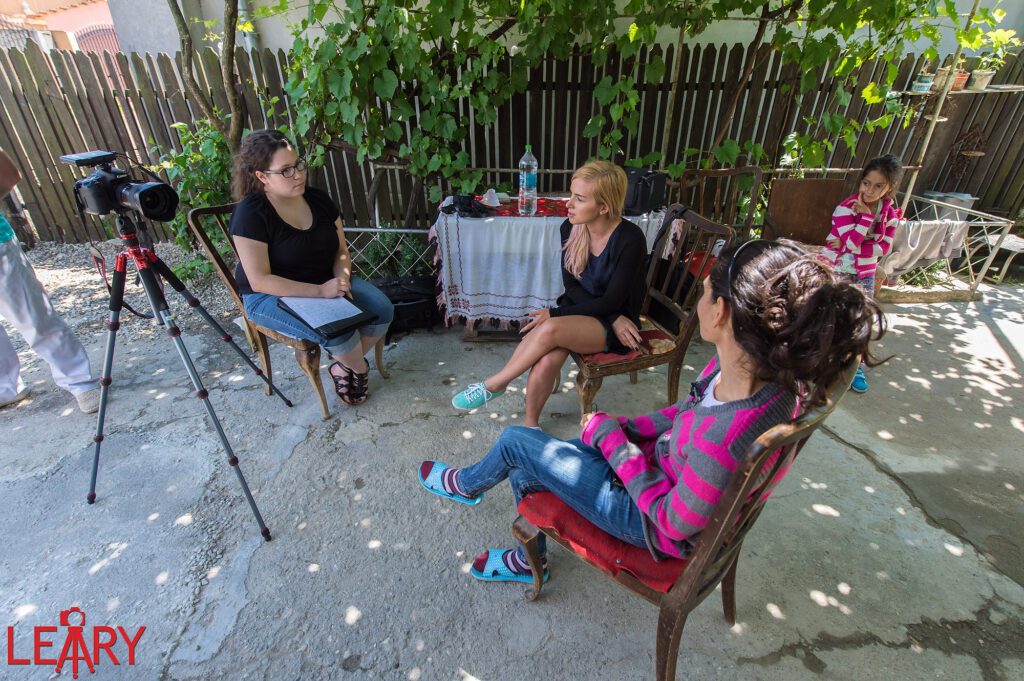
For almost every participant, this is their first story where they are responsible for the entire process—doing research, interviewing the subject, editing the video, finding music, and once it is completed, also helping to market it to their audience.
The instructors have years of experience doing this for businesses and nonprofits. We walk alongside them step-by-step to help them in each step. We are coaching them. It is similar to a coach in sports. We are there on the sidelines, helping them and letting them play the sport.
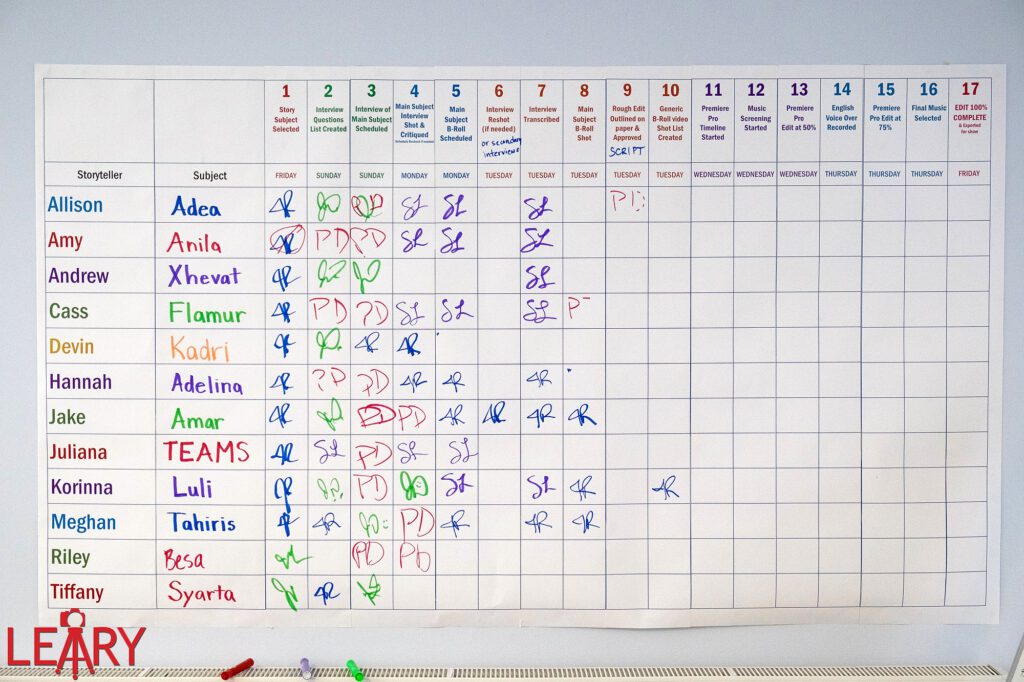
We have created a spreadsheet we put up in the classroom so that everyone can see where they are in the process and each other. We learned that to keep people from falling through the cracks; we would have to be very intentional.
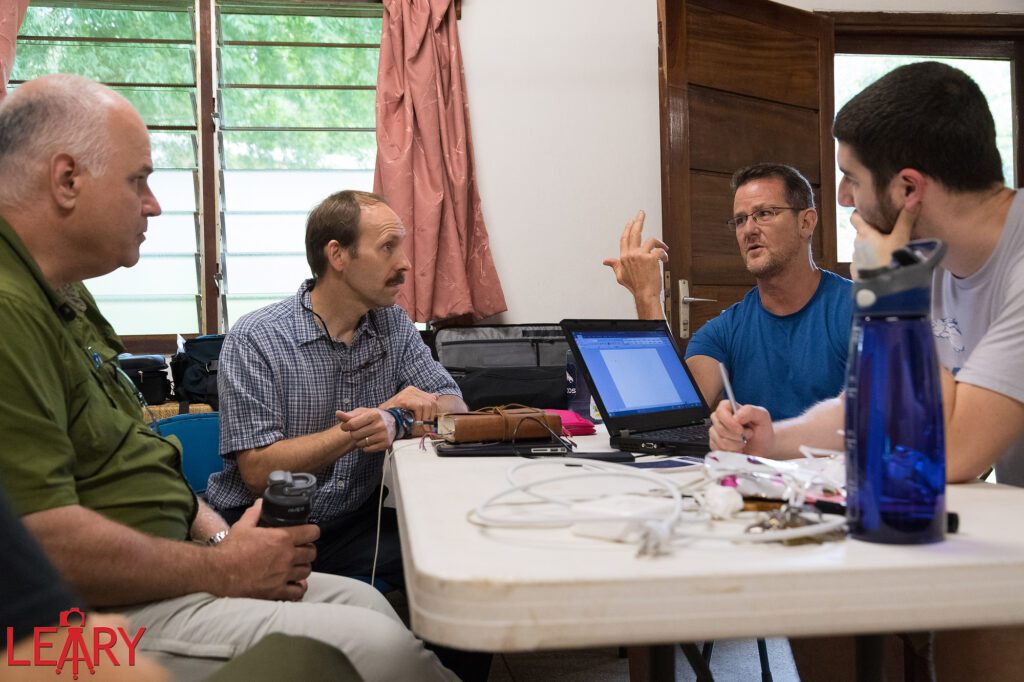
Here are three instructors with a workshop participant helping them with the storyline. Some problems happened in the process, and all of us were trying to help salvage a story.
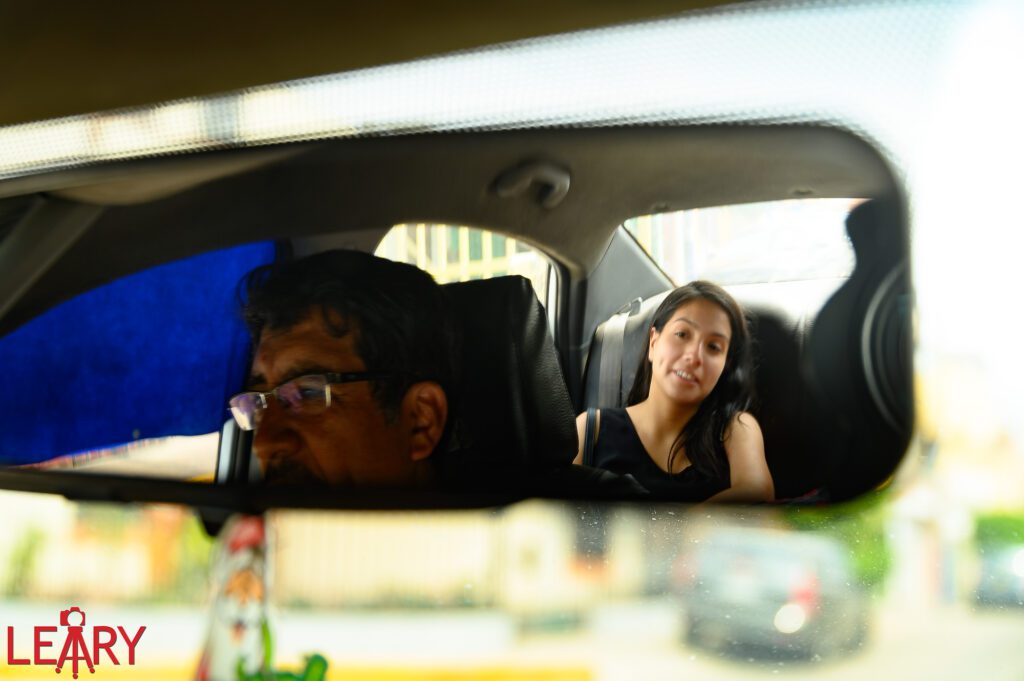
Most participants think we are teaching them how to use the software, their cameras, audio, and other tools of the trade. We are teaching all this, but the one thing that is the priority over everything is the storyline and their understanding of how to tell this to the audience. Why should they care?
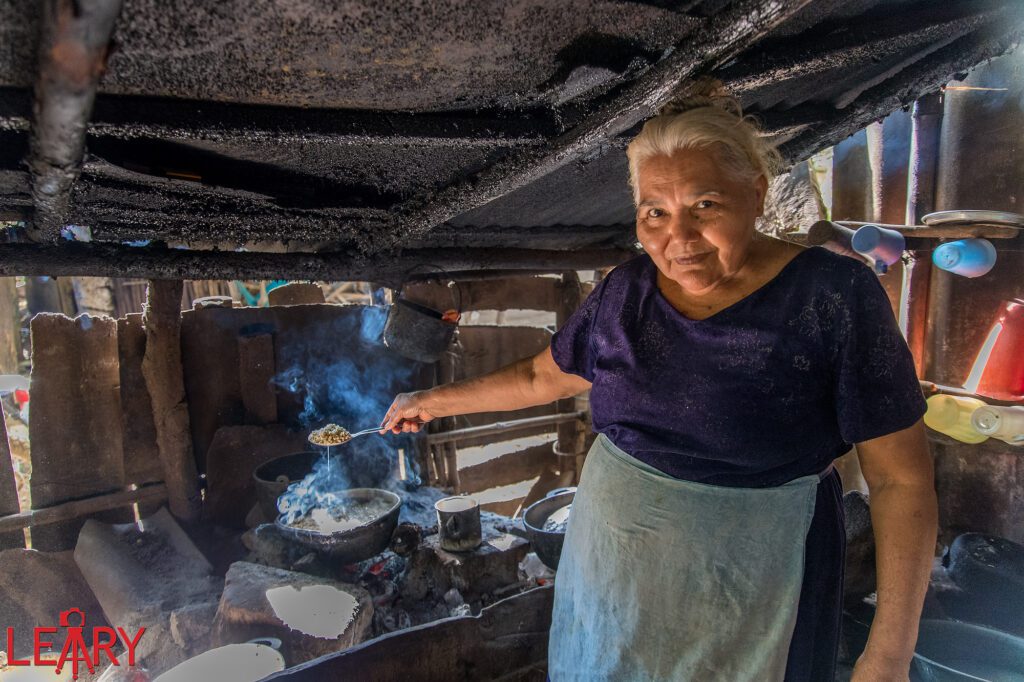
Each time we picked a new location, so many of the former workshop participants would sign up for another workshop.
In that first workshop for a person, it wasn’t uncommon for them to be in tears. The learning curve was so tricky, they thought. What was happening for most of them was a mixture of things happening all at once.
The cross-cultural experience had so many frustrated. It wasn’t just the language but the different World Views that these people in the foreign country had on any topic.
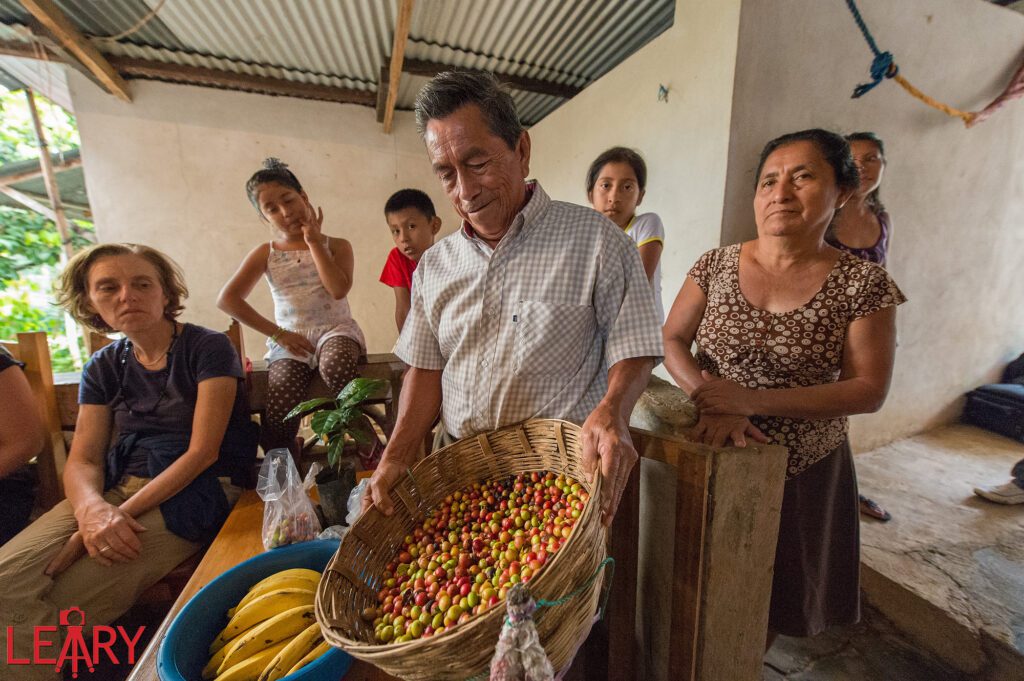
While working on my story, I will never forget each farmer I asked what this Coffee Cooperative did for them. They all said they now had more money.
After a while, I realized I had to ask one more question, which opened my eyes and my audience to what more money meant to them. What can you buy that you couldn’t do before? Edmundo Ballinas Santiago told me on one of my trips to Salvador Urbina, in Chiapas, Mexico, that had it not been for the cooperative, when his wife got cancer, he would have had to choose between selling the farm to save his wife or keep the farm and lose his wife.
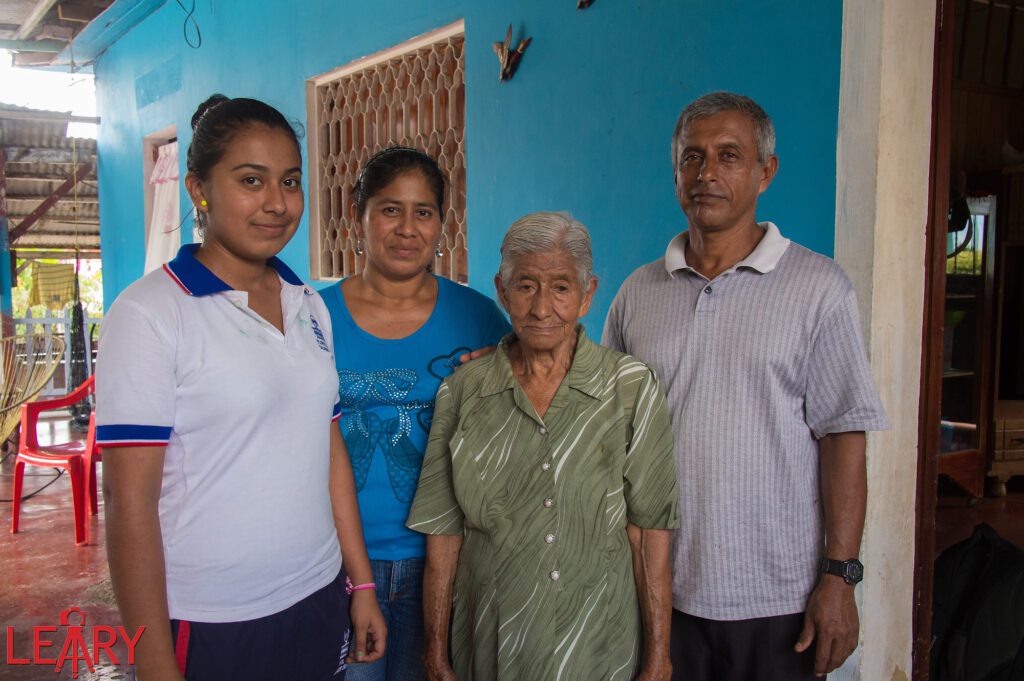
Here are a few lessons I have learned since teaching others how to do storytelling. First, you will meet people who will open up your worldview and help you to broaden your horizons.
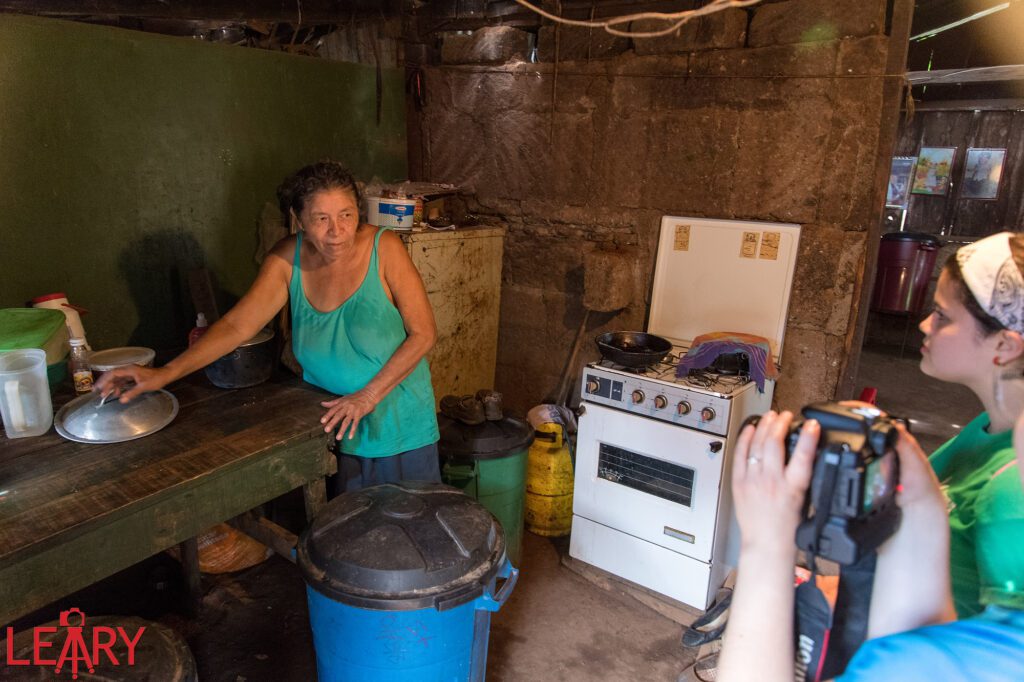
One of the best things I love is being invited into other people’s kitchens. I wanted to be sure the students saw a typical kitchen in Nicaragua in this village. They needed to see if there was no pantry of food. There was not a spice rack. They didn’t have a refrigerator with things to prepare.
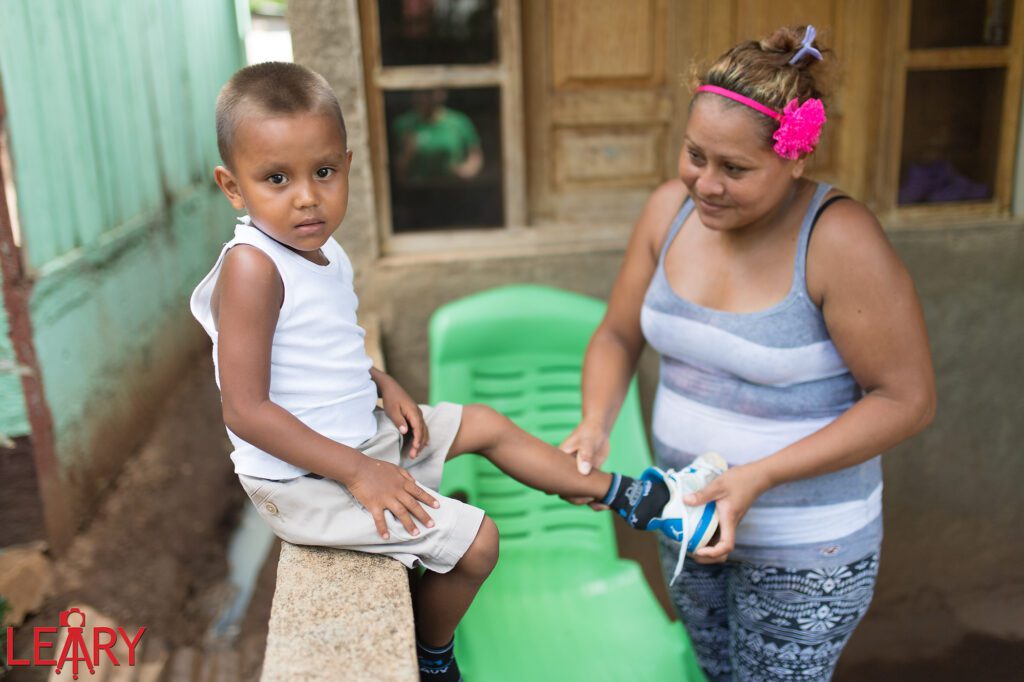
I have encountered many material things without some of the happiest people.
The best thing about traveling and doing storytelling is that the world helps open your eyes, heart and mind up to people who are different and make you look at your own life with fresh eyes.
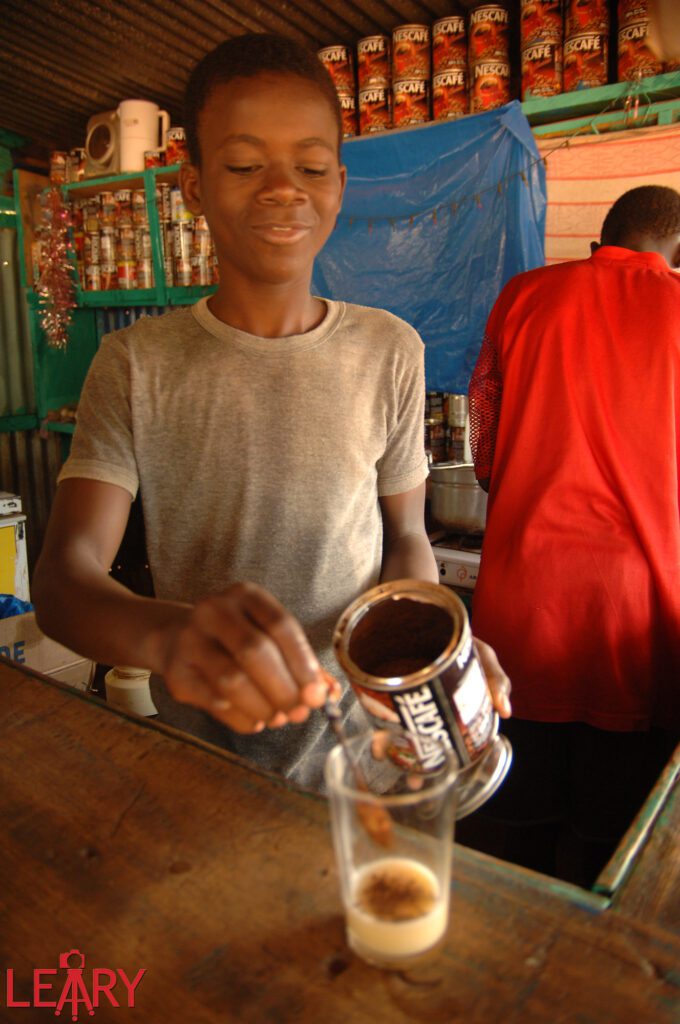
Suppose you are interested in Storytelling and want a coach to work with you as you learn the craft. Contact me. Maybe you can join our next Storytellers Abroad workshop. Perhaps we can do something here in the states. Give me a call, and we can find a way that works for you.

